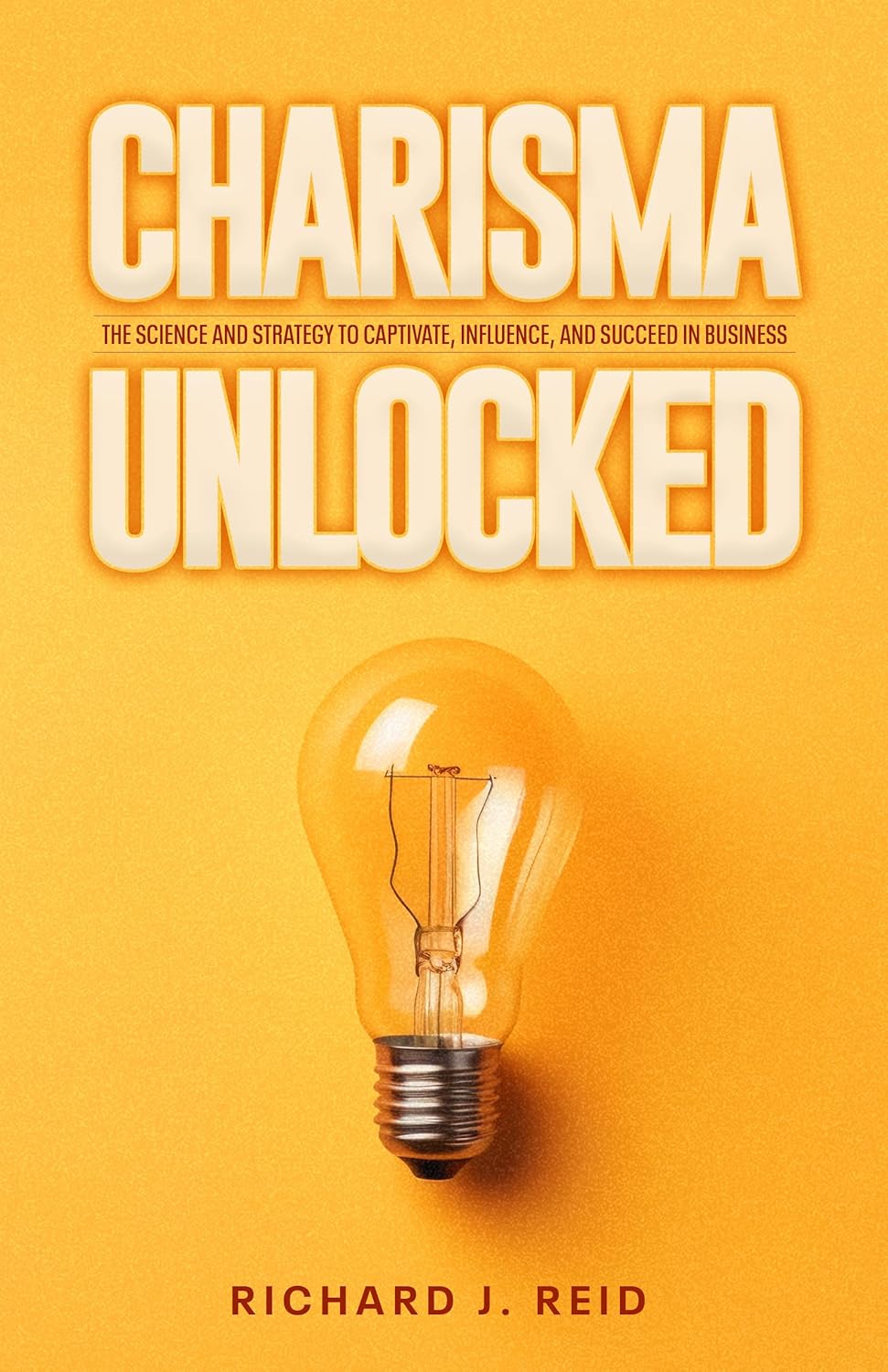Executive Summary
In the modern business environment, data is vital for decision-making and strategy. However, presenting raw data without context often fails to resonate with audiences. When combined with data, storytelling allows entrepreneurs and business leaders to transcend the limitations of numbers by creating emotional connections, fostering trust, and driving persuasive decision-making. This whitepaper explores the neuroscience behind storytelling’s impact, how to craft emotionally resonant business narratives supported by evidence, and how to seamlessly blend data visualisation with narrative frameworks. Professionals can inspire, persuade, and build trust with their audiences by mastering these techniques.
Introduction
Today’s world generates abundant data, with businesses relying heavily on it to guide strategies, measure performance, and predict outcomes. Data alone does not inherently inspire action or forge emotional connections despite its importance. Numbers can overwhelm, confuse, or fail to hold attention.
Storytelling—an ancient but timeless art—has emerged as one of the most powerful tools for communicating business ideas. Combined with evidence-based data, it transforms facts into compelling narratives that emotionally engage audiences and motivate them to act. This paper explores how a blend of storytelling and data can enable business leaders to inspire and persuade effectively.
The Neuroscience Behind Storytelling’s Persuasive Power
Why Stories Trump Raw Data
The human brain is hardwired to respond to stories. Neuroscientific studies reveal that:
- Stories Activate the Brain More Holistically: While raw data primarily engages brain areas responsible for language and logic, stories activate emotional centres such as the amygdala and the sensory regions that simulate experiences. This broader activation makes information more memorable.
- Stories Foster Empathy: Through neural coupling, storytelling synchronises the speaker’s and listener’s brains, creating a shared experience. This enhances trust and understanding.
- The Role of Dopamine in Memory Formation: Emotional storytelling releases dopamine, a neurotransmitter linked to memory and motivation. This is why people often remember stories far longer than numbers or facts.
- The Persuasive Power of Emotion: Decision-making is primarily driven by emotion, as shown in research on the limbic system. While data appeals to logic, stories stir emotions, making audiences more likely to buy into an idea.
Crafting Business Stories That Combine Emotion and Evidence
The Key Elements of a Compelling Business Story:
- Characters: Every story needs relatable characters. These might include customers, stakeholders, or employees whose experiences highlight a key point.
- Example: A case study featuring a customer who overcame challenges using your product creates a protagonist your audience can root for.
- Conflict: Conflict drives engagement. Introduce a problem or challenge central to your audience’s needs, then position your solution as the resolution.
- Example: Present a scenario where a lack of automation costs a company valuable time and money, followed by how your solution resolved it.
- Emotional Hooks: Evoke hope, fear, or excitement to captivate your audience and make your message resonate.
- Example: Highlight the frustration of managing inefficient systems and the relief your product provides.
- Evidence and Resolution: To establish legitimacy, support the story with clear, data-backed evidence. Use metrics, case studies, or research to show the tangible benefits of your solution.
Creating Resonance Through Storytelling Frameworks
Popular storytelling frameworks, such as the Hero’s Journey, can be adapted for business:
- Ordinary World: Set the stage by describing the audience’s current challenges or status quo.
- Call to Action: Introduce an opportunity or problem that needs solving.
- Transformation: Explain how your insight, product, or service guides the audience to a better outcome.
Blending Data Visualisation with Narrative Frameworks
Communicating Data Effectively
Data enhances credibility and strengthens your narrative, but how you present it matters. Poor visualised data can detract from the story rather than support it.
Best Practices for Data Visualisation:
- Simplify Complexity: Present data in digestible formats like bar graphs, pie charts, or infographics rather than raw tables. Only show the most critical metrics.
- Example: A single, well-labelled chart highlighting growth trends over a year is more impactful than ten smaller, cluttered ones.
- Highlight Key Takeaways: Use visual cues like bold text, colours, or annotations to direct your audience to the story your data is telling.
- Example: If your chart shows significant cost savings, spotlight the savings percentage in bold text for clarity.
- Integrate Data into Your Story: Avoid showing data in isolation. Instead, provide context within the narrative. Explain why the numbers matter emotionally and practically.
- Example: “This 40% growth doesn’t just mean better revenue—it means more families gaining access to critical healthcare products.”
The Balance Between Numbers and Narrative
Striking the right harmony between storytelling and data is crucial. Consider the 80/20 Rule:
- 80% should focus on the emotional, narrative-driven elements of the story.
- 20% should dive into the numbers, ensuring your story is firmly supported by evidence.
Example Scenario: Imagine you’re pitching an efficiency software. Instead of opening with a chart of cost savings, begin with a narrative:
“Imagine a small manufacturing company struggling with rising costs and missed deadlines. John, the manager, felt overwhelmed—until he discovered [Your Software]. Within 6 months, John’s team tripled productivity, and operational costs dropped by 25%. Now, let me show you how these results came to life.”
This approach engages the audience emotionally before logically justifying the solution with data.
Case Studies and Applications
- Pitching to Investors: An entrepreneur pitching a tech solution interwove data with a story about a client’s journey. She secured attention, trust, and ultimately, funding by pairing a graph showing 30% cost reductions with the story of a small business owner who overcame financial struggles.
- Driving Employee Engagement: A manager used storytelling to accompany a productivity report. Rather than presenting dry statistics, he shared how a struggling team member used new workflow strategies to excel, backed by metrics showing overall departmental improvement.
- Winning Client Proposals: A marketing agency presented campaign results using storytelling. Instead of focusing solely on conversions, they highlighted the emotional impact of their campaign on an audience demographic, enhanced by data visualisations.
Actionable Steps for Storytelling in Business
- Start with the Emotional Hook: Introduce the human element behind the challenge or data.
- Provide Context Before Numbers: Explain what the metrics mean to your audience’s goals.
- Keep Visuals Clean and Purposeful: Use simple, focused designs to highlight key insights.
- Weave Data Throughout the Story: Avoid isolating charts or statistics—frame them within the narrative.
- End with a Clear Takeaway: Conclude with a vision or call to action that inspires belief in your solution.
Conclusion
Fusing storytelling and data is an essential skill in the modern business landscape. By understanding the neuroscience of storytelling, crafting emotionally resonant narratives, and integrating data effectively, professionals can build trust, inspire their audiences, and persuade more effectively.
Whether pitching to investors, presenting to stakeholders, or addressing employees, mastering this art ensures that your message informs and moves people to act. Turning data into a compelling narrative is no longer optional—it is the key to influencing business success.
Key Takeaways
- Storytelling activates the brain’s emotional and sensory areas, making information more memorable and persuasive than raw data alone.
- Craft business stories with relatable characters, emotional hooks, and clear evidence-based resolutions.
- Use simple and impactful data visualisations to enhance your narrative without overwhelming your audience.
- Seamlessly integrate numbers into your story to provide context while maintaining an emotional connection with your audience.
- Inspiring and compelling narratives drive trust, engagement, and action in business communication.
References
- Zak, P. J. (2013). The Neuroscience of Trust: How Stories Shape Human Behaviour.
- Heath, C., & Heath, D. (2008). Made to Stick: Why Some Ideas Survive and Others Die.
- Duarte, N. (2010). Resonate: Present Visual Stories that Transform Audiences.
- Kahneman, D. (2011). Thinking, Fast and Slow.










